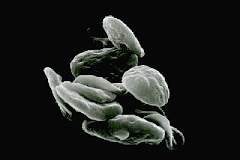

Although acupuncture has been used for thousands of years, it is difficult to study under or western system of evaluating research. However a large study from Germany needled over 1100 patients and found favorable results. 47% improved with acupuncture versus 27% in conventional treatments (Physical Therapy Meds etc.). Interestingly, 42% of sham acupuncture (fake acupuncture where the needles were placed in the skin at random non-acupuncture points had relief as well. This insn't too suprising to acupuncturists, as the needling itself stimulates a natural reaction in the body releasing endorphins, increasing blood flow, and temperature.
Acupuncture is appealing because it is safe and focuses on treating the patient as a whole, rather than just a knee or a hip etc. For example when we treat a patient with knee arthritis we place needles & electricity around the knee, but also around the hands, ear, feet, scalp etc to address the whole person to adress other issues like fatigue and anxiety. This invloves some unorthodox interviewing of the patient inquiring about childhood illness & personality details.
The East believe that illness is a result of blocked Qi (chi) that normally flows from teh feet up to the head, and back down to the feet in a cycle. Acupuncture promotes the flow of qi.
Electroacupuncture with a knee arthritis may be combined in a PRP protocol to maximize benefits.

















